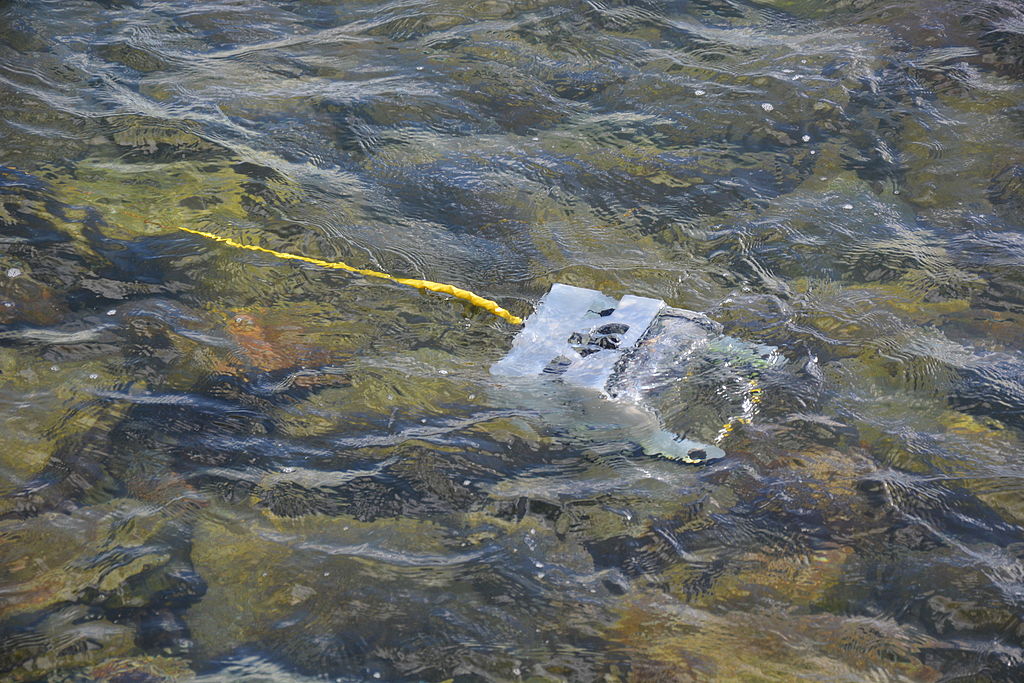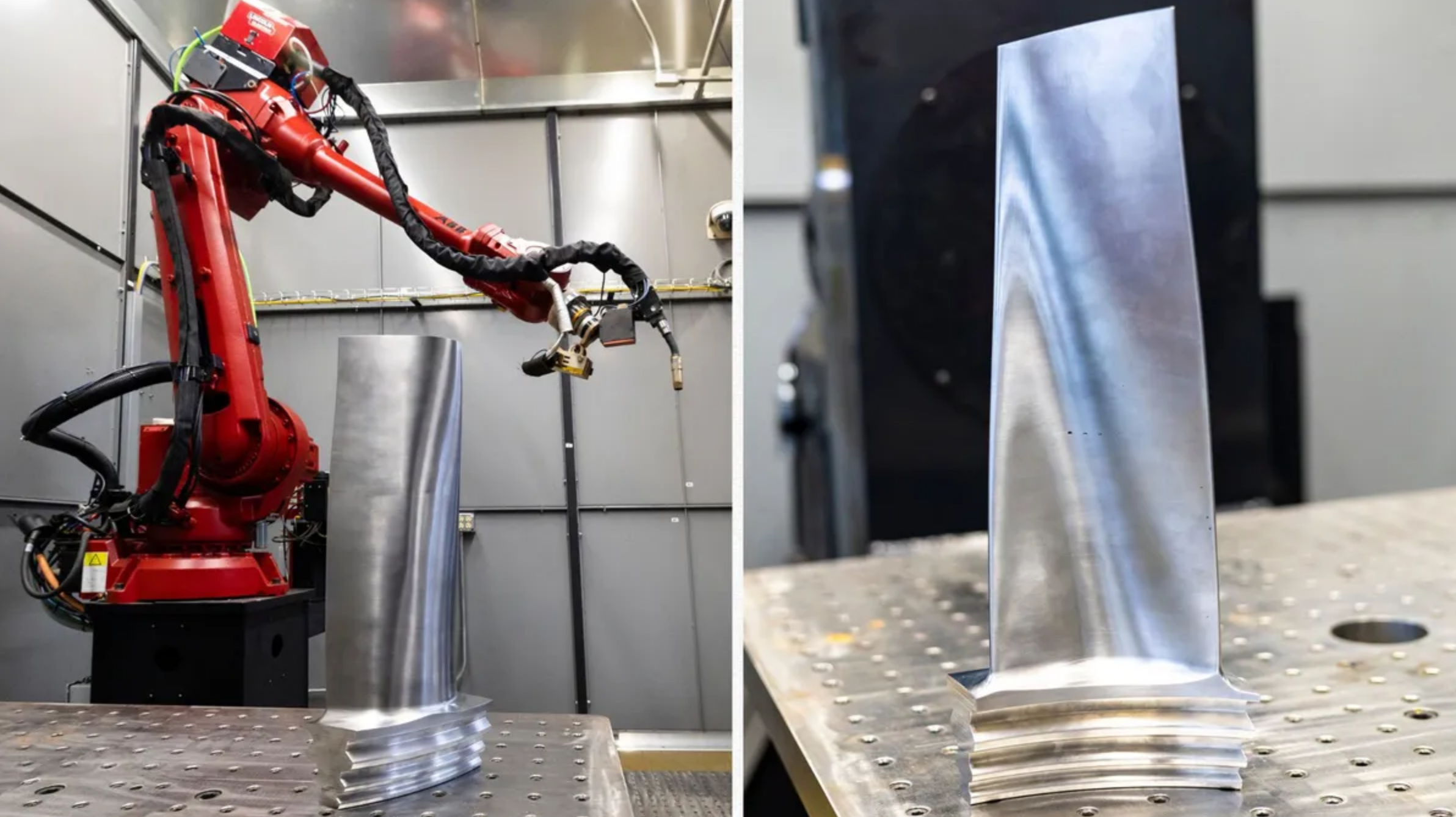One of the great ironies of science and exploration is that humans have visited and explored the moon and Mars but have left 95% of the oceans as a complete mystery. This is changing as swarms of undersea drones will now permit the low-cost hunt for information and treasures that the ocean holds.
One of the great pioneers in the study of oceans, Jacques Cousteau, needed a big ship and a large crew to bring the world the ocean’s secrets. In the 21st century age of ocean exploration, technology is relatively inexpensive, and the frontiers of the ocean will be open for anyone in any country to explore.
Undersea Prediction Drones Funded by NOAA
In addition to scouring the deep for creatures and geological formations, scientists are using underwater drones like Hermine, which the Woods Hole Oceanographic Institution (WHOI) has used to gather data to better understand what causes and sustains hurricanes, what makes them stronger, and their relationship to tropical storms. Hermine is also known as an ocean glider and looks like a torpedo.
WHOI releases Hermine drones about 100 miles offshore, and their average range is from 100 to 300 feet. Onboard sensors measure water density, salinity, and temperature before, during, and after storms. Hermine is also known as the Clack Slocum Electric Glider and was developed by Teledyne Web Research. Some projects involving Hermine have been funded by the National Oceanographic and Atmospheric Administration (NOAA).
Stanford University currently has a drone program to explore the world’s coral reefs in an attempt to save them. And Ocean Alliance’s Snotbot has also been designed for ocean research with the goal of saving ocean ecosystems which are currently in decline.
Thanks to crowdfunding, a project known as OpenROV has raised $500,000 on Kickstarter for an underwater drone. Russia, for its part, is developing a nuclear submarine drone while the US military expects underwater drones to become part of their fighting force.
The following video shows OpenROV in action.






